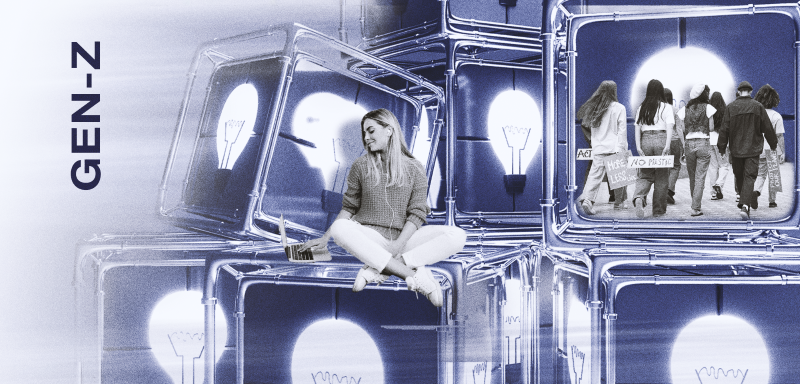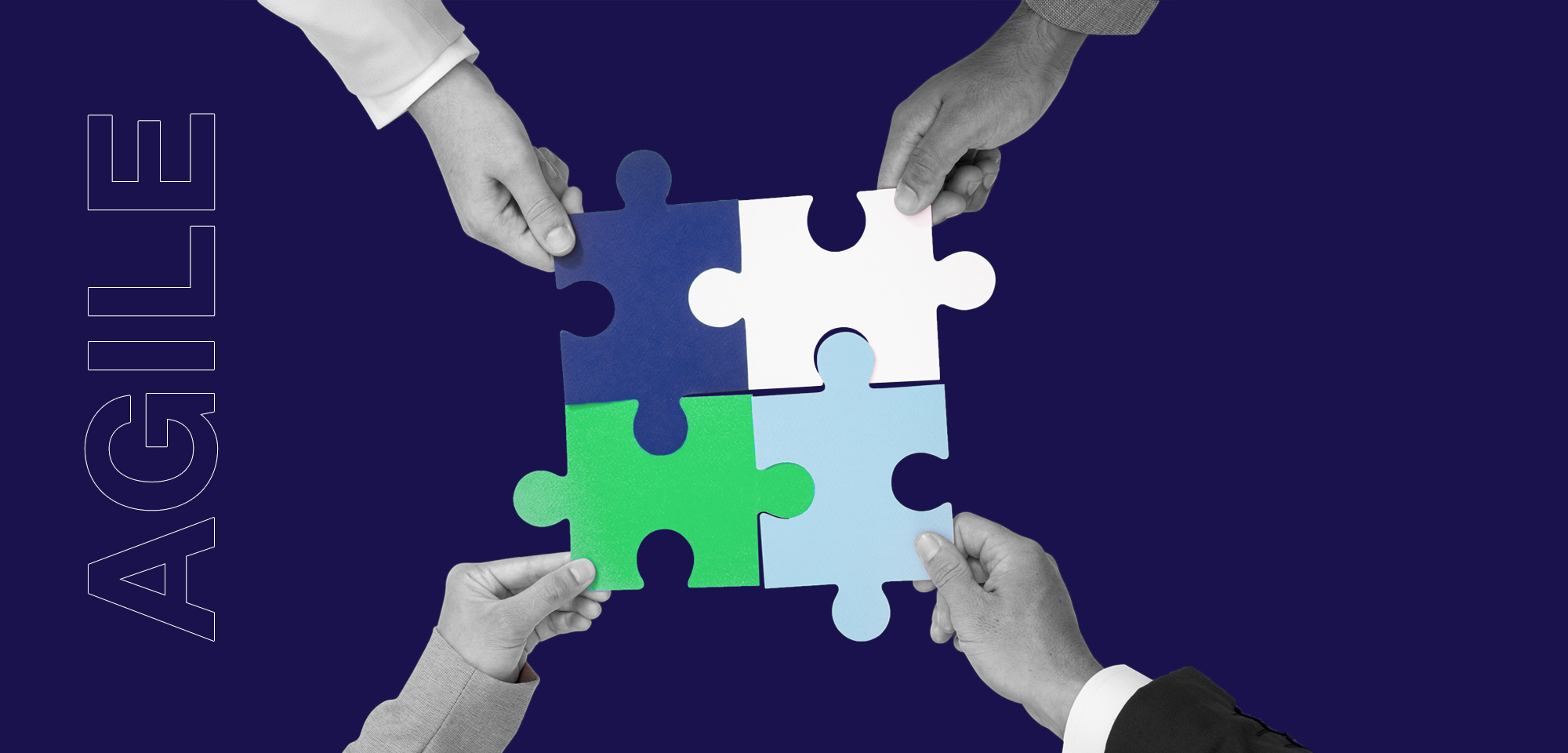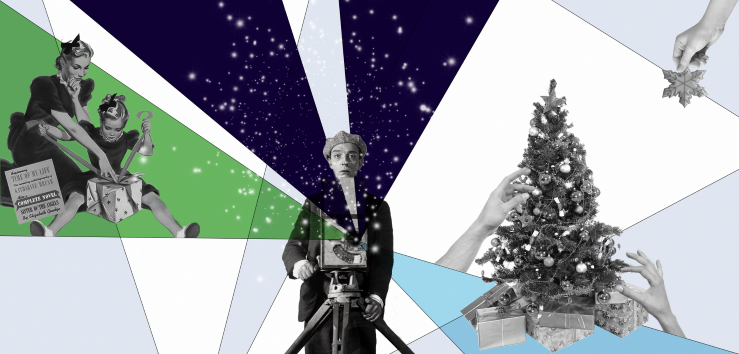The complexity, ambiguity and rapid change of the modern world are the biggest challenges for both individuals and organizations. Each of us feels the difficulties of adapting to change on our shoulders, and this pressure manifests itself in different ways in our daily lives, whether it be confusion, stress or burnout. One of the main questions of today is - how to deal with all this? What do we most need in order to achieve the desired results in the light of the current reality, without losing the feeling of fulfillment and happiness that comes from being involved in the process?
In Gestalt psychology, development (life in general) is seen as the interaction of the organism and the environment, as a result of which the personality changes and grows. This attitude is called creative adaptation. The contact of a person with the environment is the more creative, the less it is conditioned by rigid formulas and schemes. Accordingly, its growth and development is greater. Creative thinking is even more relevant in a world where the pace of change is accelerating and where artificial intelligence will replace many routine tasks. One of the major challenges facing modern organizations is how to build an organizational culture that encourages creative and growth-oriented thinking, where employees themselves are change makers, where they are created according to a clear vision and values.
systems and decisions are made. To better understand the benefits of creative thinking, let's take a closer look at how it differs from reactive (fixed) thinking, what determines their formation. First of all, it should be said that both types of thinking have different rules of the game and both games are an integral part of our reality.
Reactive thinking works according to the rules of the outer game. This is an orientation towards external reality, this is the development of knowledge and competencies that the environment requires from us. It is our existing knowledge and experience, managerial, technical and leadership competencies adapted to the requirements of the outdoor game. As a result, the so-called "traditional ways" of adapting to the environment are formed and strengthened. Fixed or reactive thinking. Reactive thinking is defensively oriented, trying to play in such a way that it doesn't lose. Every day more and more energy is required to respond to the changing and growing demands of the environment. During outdoor play, a person's sense of security and worth depends on external validation. Since any knowledge today becomes obsolete, and the environment sets new tasks for a person, external assessments also change rapidly and are unstable over time. Adapting to them requires a lot of energy from a person. As a result, anxiety and feelings of pressure increase.
Fixed or reactionary thinking (same external game) reacts to problems,
It is possible to reduce the severity of problems, but not to bring about qualitative changes. This is one of its main limitations. When the outer game dominates and the inner game constantly follows it, the result is increased stress and tension, and a decrease in human happiness. The external game finds a corresponding reflection in the organizational culture. In fixed mindset organizations, innovation and innovative approaches are not encouraged or implemented, they are intimidated by competition, and they struggle to maintain their position. In conditions of reactive management, the “language of guilt” is often used, there are frequent conversations about problems and endless attempts to find their causes, although they cannot be eliminated, there is no qualitative change in the context that caused the problems. The employee is uninitiated and waits for tasks, is afraid to make a mistake, so he does not take a step towards innovations. In such an organizational culture, the worker is lost and depressed, unable to develop and realize his creative potential. Hence, his engagement and happiness index is very low. As for the inner game, this is a process directed from the inside out, which is based on self-knowledge, awareness of one's own desires. The focus of the inner game is “what I want, what worries me”, and not “what I need, what they will tell me”. Accordingly, it is development-oriented, in which case a person contributes to the valuable work for him with his unique “I”, unique vision. A person focused on the inner game has a vision of the future and consciously takes steps towards it. Indoor games develop creative thinking. At this time, with each contact with the environment, the individual creates a unique experience, creating something that did not exist before. Creative Thinking "It's a game to win with all your heart, with nothing to gain and nothing to lose" (Larry Wilson, The Game to Win). The "inside game" does not depend on external debt. In such cases, failure is also an experience and, as a result, self-esteem is not destroyed. The internal game is a complex internal system in which the individual ability to give meaning (who we are and how we see our own identity, how we see our role in the world) is built; Decision-making process (what are the values and beliefs based on which we make decisions), self-awareness and a high level of emotional intelligence. Inner play, also known as the growth mindset, combines skills such as dignity, sincerity, high self-awareness, cooperation, courage, humility, intuition, inner wisdom. It is these qualities that are vital for us to grow and develop in contact with the environment, and not vice versa, to be repressed and become hostile. These character traits develop creative abilities in us and create the right ground for the development of new competencies, a better mood, interest and openness.
Those organizations that focus on the internal game, attach the greatest importance to the vision and values, the coincidence of the values of the organization and the employee. Such organizations create space for development, gaining new experience, introducing innovations. Teamwork and collaboration are encouraged. In such a culture, they promote self-awareness and action with conscious motivation, choosing things in accordance with the interests of the worker. Welcome openness, changes and support each other in these changes. Today's complex, fast-paced and ambiguous reality requires individuals and organizations to pay more attention to the inner game as it is a more reliable system to navigate. Establishing a healthy relationship with the environment without a strong internal play structure is unthinkable. Understanding the importance of the internal game for the leaders of the organization and readiness for transformation is the first step, although the successful transformation of the organization is possible with an integrated approach, consistent and daily work. It is a process involving continuous and often painful decisions. Proper assessment of this process and appropriate preparation are prerequisites for the desired change. For simplicity, we can say that the successful transformation of the organization is associated with consistent changes in all three areas (vision, organizational culture and performance systems) and maintaining their balance. We share this approach in ACT, in the direction of management consulting ACT offers organizations a successful transformation model POWER3. The balance of the three forces achieved in the process of transformation can become a prerequisite for a harmonious transition to the inner game. Finally, if we can move from reactive thinking to creative thinking, we can create a vision that best aligns with our inner values. Values will energize us and give us the strength to master every day the work that best expresses our core message and brings us closer each time to the vision we created.






